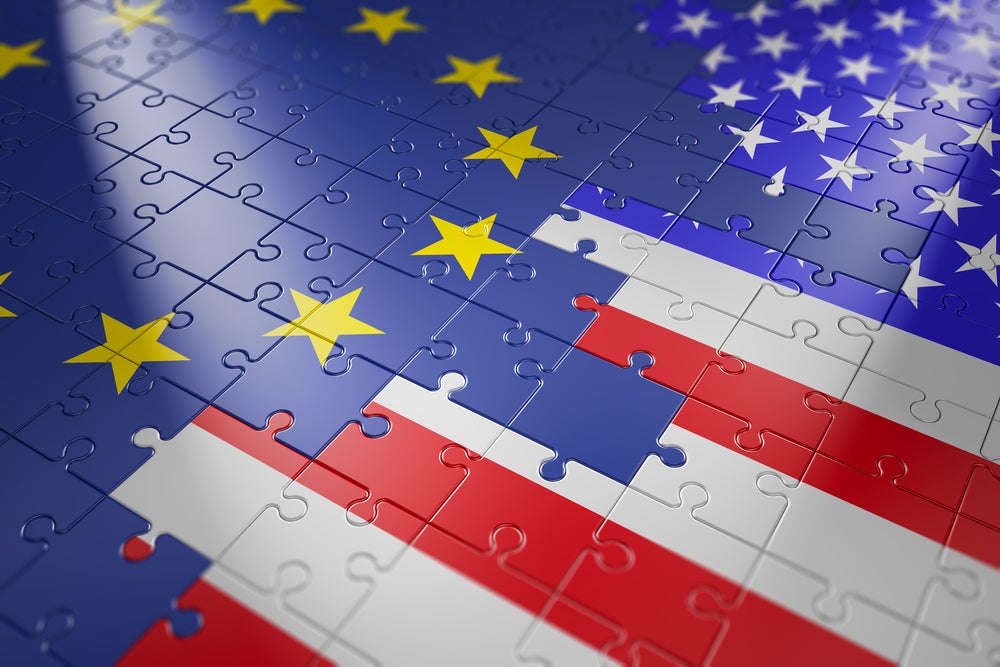
During the Global Fashion Agenda in Boston, the head of global issues and innovation at the European Union Delegation to the United States, Javier Sancho shared the EU stands ready to help the US develop its fashion legislation.
He says it could be argued “the EU is a few steps ahead” but the EU believes the fashion sector should tackle issues in a “transatlantic” manner and the “EU- US relationship is of the utmost importance”. He adds: “We stand ready to help the US.”
Sancho explains the way the world consumes textiles is something that needs swift action and his job as an EU rep to the US is to promote EU policies and create an understanding between what is being experienced on both sides of the Atlantic.
Sancho points out scientists are telling the blind truth when it comes to climate change and the green transition is not an option – it’s an imperative.
“There are many variables to consider – consumers must change how they consume, producers how they produce and legislators how they create a legal framework,” but he states: “It must be a joint global endeavour”.
What can the US learn from EU green fashion legislation proposals?
As part of the EU’s Green Deal and its focus on establishing a circular economy, it has a strategy for circular textiles which Sancho describes as “an intentional approach to the entire lifecycle”.

US Tariffs are shifting - will you react or anticipate?
Don’t let policy changes catch you off guard. Stay proactive with real-time data and expert analysis.
By GlobalDataThe EU’s goal is for all textiles in its market to be durable, replaceable and recyclable by 2030.
The legislation wants to tackle greenwashing, reduce unsold textiles and textile waste and address the unintentional release of microplastics from synthetic textiles.
He shares that 80% of a product’s impact is determined by design so the EU is of the view that eco-design is the way to tackle this as well as reducing the presence of harmful substances and the release of microplastics.
Sancho highlights that almost half of the green claims made by the textile, fashion and footwear industry are either incorrect or misleading.
The EU believes legislation is needed to make sure environmental claims are substantiated and verified and maintain competition on a level playing field across the entire sector.
“We want producers to take responsibility for what they produce. We want to end mountains of unwanted textiles that produce pollution overseas and support actors to achieve a green and digital transition.”
He asserts the EU’s adoption of a strategy was a great first step – but what’s next?
“We’re now proposing legislation that focuses on a circular economy for textiles,” and this means producers must take responsibility for the entire lifecycle especially the end of life of their products and potentially the beginning of a new one.
The EU hopes this legislation will give producers a better incentive to produce circular items.
Plus, he argues the other important aspect of this proposal is that it will clarify what is meant by waste and reusable textiles: “It will help to reduce waste that is being disguised as reused products and dumped in countries where it can’t be managed properly”.
Sancho is quick to add there is some movement in the US in terms of fashion legislation and the Department of Commerce and National Institute of Standards and Technology has held a workshop identifying circular textiles in the US.
In other words, he says: “The number crunching and thinking is already there. We hope federal-state action will soon gain momentum”.
He concludes: “We are like-minded and we hope both the EU and US will reach the same level of ambition. There is urgency and we have a daunting task ahead. We have the will but need commitment and textile waste can be turned into an opportunity”.



